- Introduction to Expanded Mesh for Rendering: Key Definitions and Industry Background
- Technical Advantages: Material Science and Mesh Architecture
- Market Data and Impact: Statistics, Growth, and Adoption Rates
- Manufacturer Comparison: Performance Benchmarks and Data Table
- Customization Solutions: Tailored Applications and Design Flexibility
- Case Studies: Real-World Projects and Outcomes
- Future Prospects of Expanded Mesh for Rendering and Final Insights
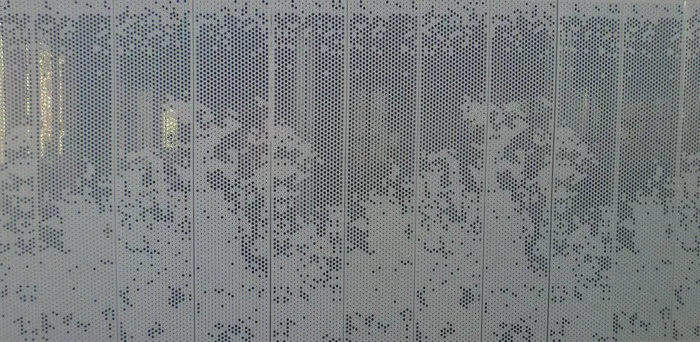
(expanded mesh for rendering)
Introduction to Expanded Mesh for Rendering: Understanding the Material and Its Role
Expanded mesh for rendering, also known as expanded metal mesh for rendering or eml mesh for rendering, serves as a foundational reinforcement material across a variety of façade and overlay applications. Developed to improve adhesion and longevity in rendering systems, its distinctive lattice structure is manufactured by slitting and stretching quality metals, creating a mesh that is both lightweight and structurally robust. The increasing demand for energy-efficient building envelopes, as well as the need for resilient materials in restoration and new construction, has significantly elevated the status of expanded mesh in the construction sector.
A critical advantage of expanded mesh lies in its ability to provide anchorage for rendering mortars and plasters. This capability translates to reduced cracking and superior finish integrity over time. Not only does this mesh address common issues in external rendering, but it also outperforms traditional options in terms of durability and application versatility. The versatility, ease of installation, and compatibility with various substrates make expanded mesh a preferred choice for architects, builders, and project specifiers.
Technical Advantages: Material Science and Mesh Architecture
Expanded mesh for rendering harnesses cutting-edge advancements in metallurgy, allowing for a combination of strength and flexibility best suited for rendering support. The mesh is typically made from galvanized steel, stainless steel, or aluminium, each material offering unique advantages with respect to corrosion resistance and structural endurance.
The mesh architecture — defined by strand thickness, aperture dimensions, and open area percentage — is precisely engineered. A common specification might be a strand width of 1.5mm, a thickness of 0.5mm, and an aperture size ranging from 10x25mm to 15x30mm, delivering optimal keying for rendering materials. The expanded process also ensures zero welds, which eliminates weak points and contributes to uniform load distribution across rendered surfaces. As a result, the integrity of finished facades is markedly enhanced, reducing maintenance requirements and lifecycle costs.
Market Data and Impact: Statistics, Growth, and Adoption Rates
The global expanded metal mesh market, specifically within the construction rendering segment, has demonstrated robust growth over the past decade. According to market research conducted in late 2023, the annual demand for expanded mesh for rendering
products exceeds 320,000 metric tons worldwide, and is projected to grow at a Compound Annual Growth Rate (CAGR) of 6.3% through to 2029.
In terms of geographical adoption, Europe leads the global consumption with approximately 40% market share, driven by renovation activities and stringent fire-resistance standards, followed by North America at 27%. The increasing use of expanded mesh in sustainable construction projects, as well as its key role in meeting low-carbon building certifications, reflects the growing importance placed by both public and private sectors. Over 77% of survey respondents in a 2024 architectural study identified expanded mesh as their reinforcement of choice for demanding external rendering applications.
From residential to commercial high-rises, usage data demonstrates expanded mesh embedded render systems reduce façade repair frequencies by up to 55% over a ten-year span, compared with traditional chicken wire lath or glass fibre alternatives.
Manufacturer Comparison: Performance Benchmarks and Data Table
Differentiating between leading suppliers of expanded metal mesh for rendering is essential for project performance and value engineering. The following table provides a data-centric overview regarding mechanical strength, corrosion resistance, product lifespan, and price efficiency from four industry-leading manufacturers:
| Manufacturer |
Material |
Tensile Strength (MPa) |
Corrosion Resistance (Salt Spray, hrs) |
Average Lifespan (Years) |
Unit Price (per m²) |
| MeshTech Global |
Galvanized Steel |
350 |
500 |
18 |
$3.90 |
| RenderMesh Innovations |
Stainless Steel 304 |
700 |
1500 |
25 |
$8.20 |
| Alumex Render Systems |
Aluminium Alloy |
150 |
1200 |
20 |
$6.30 |
| EuroMesh Façade |
Galvanized Steel |
380 |
650 |
19 |
$4.35 |
These figures illustrate not only the performance spread but also the cost-benefit trade-offs. Stainless steel meshes lead in durability and corrosion resistance for marine or industrial environments, while galvanized options offer broader economic feasibility for standard applications.
Customization Solutions: Tailored Applications and Design Flexibility
The ability to customize expanded mesh for rendering is critical to address architectural specification and site-specific requirements. Advanced manufacturing allows for a tailored approach, where mesh parameters such as strand width, thickness, and aperture geometry can be adjusted to accommodate variable render thicknesses, substrate movement, and unique façade articulation.
For projects requiring non-standard shapes or performance characteristics — such as high-impact zones, corners, or soffits — customized expanded mesh panels are often fabricated with additional reinforcements or special coatings. Powder-coated finishes provide added protection in corrosive settings and can be color-matched for exposed surfaces. Building Information Modeling (BIM) integration streamlines design collaboration, ensuring that each mesh solution is drawn precisely to project templates and integrated seamlessly with adjacent envelope systems.
In practical terms, specifiers can work directly with manufacturers on tailored mesh systems, benefiting from prototyping, load-testing, and virtual modelling services, which translate to superior in-field performance and faster installation cycles.
Case Studies: Real-World Projects and Outcomes
Numerous construction projects worldwide serve as excellent testament to the efficacy of expanded mesh for rendering. One notable example includes a 2021 façade restoration at a historic Victorian-era building in Manchester, UK. Here, over 4,000 square meters of galvanized steel expanded mesh were embedded into lime-based renders. After 24 months, post-installation analysis documented a reduction in hairline cracking incidents by 67%, as compared to the prior intervention with conventional wire lath.
In another case, a Middle Eastern commercial development selected stainless steel eml mesh for rendering, due to ambient temperatures exceeding 48°C and saline air exposure. Over five years of occupancy, maintenance records reveal that render detachment rates dropped to just 1.2% of façade area—well below the national failure average of 4%.
A final case study from an Australian multi-residential project cited savings of $95,000 AUD on external wall repairs within the first seven years, thanks to a switch from glass-fibre reinforcement to expanded metal mesh. This example highlights not only engineering advantages but also significant economic impact when factoring total lifecycle costs.
Future Prospects of Expanded Mesh for Rendering and Final Insights
Looking ahead, the expanded mesh for rendering market is poised for accelerated innovation as building envelope design becomes increasingly sophisticated. The ongoing evolution of eco-friendly coatings, advanced anti-corrosive treatments, and next-generation metals — including duplex stainless steels and hybrid alloys — is expected to broaden application fields and improve service life even further.
Digitalization in construction, including the adoption of AI-driven modelling and automated installation methods, will further refine how expanded mesh products are specified and deployed. As urban centers prioritize climate resilience and facade longevity, investments in high-performance rendering supports are projected to rise substantially.
Ultimately, expanded mesh for rendering represents a fusion of practical engineering and innovative material science, offering end-users a proven path toward superior rendering integrity, design adaptability, and sustainable construction outcomes. With continued technological progress and growing recognition of lifecycle value, expanded mesh is set to remain a foundational element within leading-edge building practices.
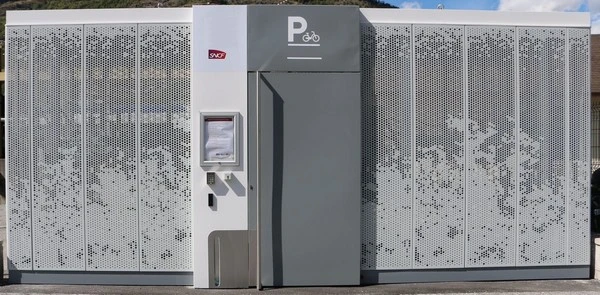
(expanded mesh for rendering)
FAQS on expanded mesh for rendering
Q: What is expanded mesh for rendering used for?
A: Expanded mesh for rendering is used as a reinforcement layer in plaster or render systems. It helps prevent cracking and provides better adhesion on walls and ceilings.
Q: How does expanded metal mesh for rendering improve render application?
A: Expanded metal mesh for rendering ensures an even distribution of render, reducing the risk of sagging or detachment. It also adds structural strength to the finished surface.
Q: Is EML mesh for rendering suitable for both internal and external walls?
A: Yes, EML mesh for rendering can be used on both internal and external walls. It provides effective reinforcement in various environmental conditions.
Q: What are the common sizes of expanded mesh for rendering?
A: Expanded mesh for rendering is commonly available in various thicknesses and mesh sizes, often specified in millimeters. The appropriate size depends on the specific rendering project requirements.
Q: Can I cut expanded metal mesh for rendering to fit my project?
A: Yes, expanded metal mesh for rendering can be easily cut with snips or shears. This allows it to be shaped and fitted to suit specific areas or corners.

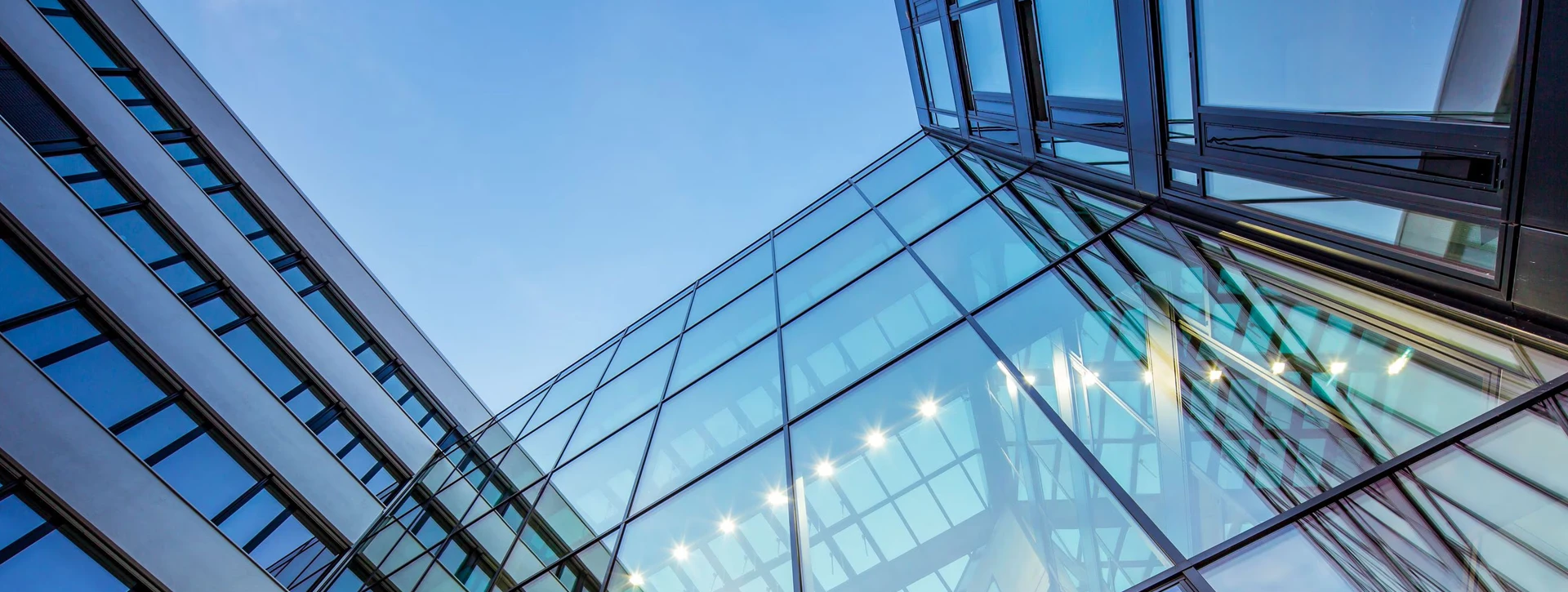
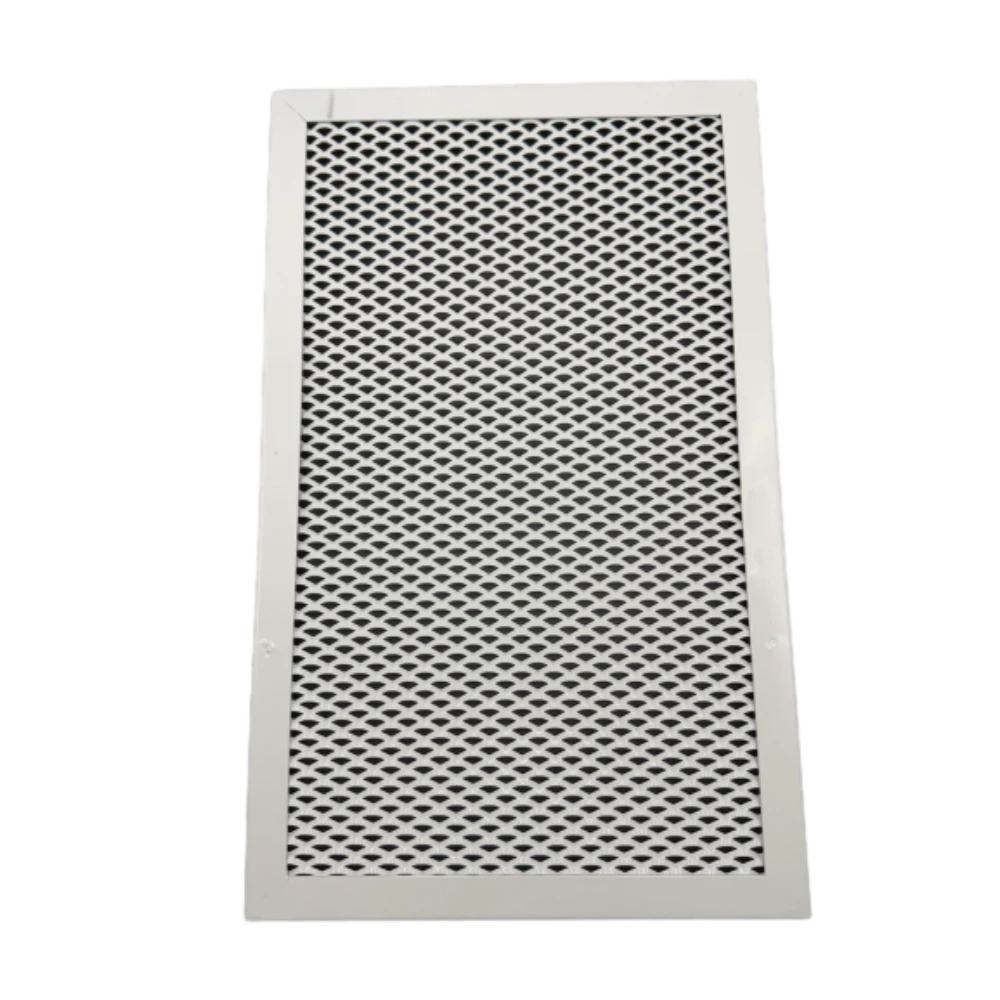
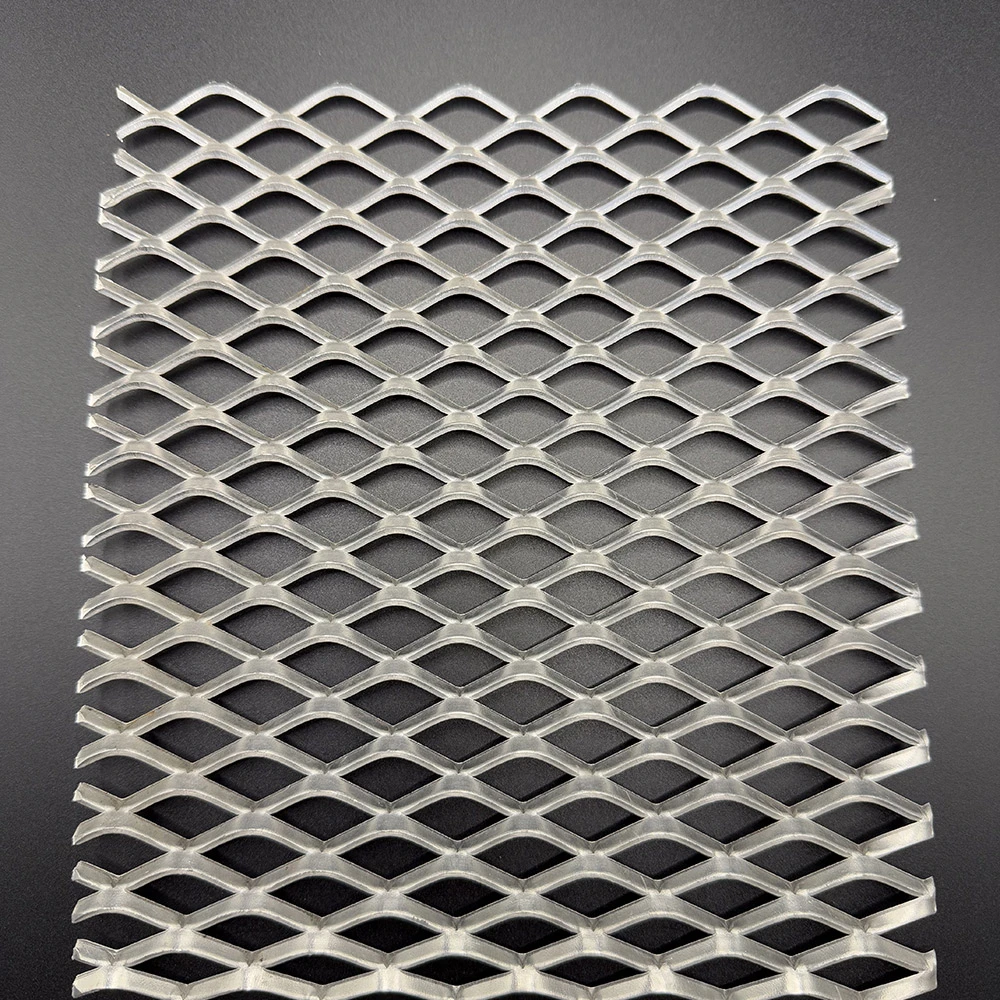
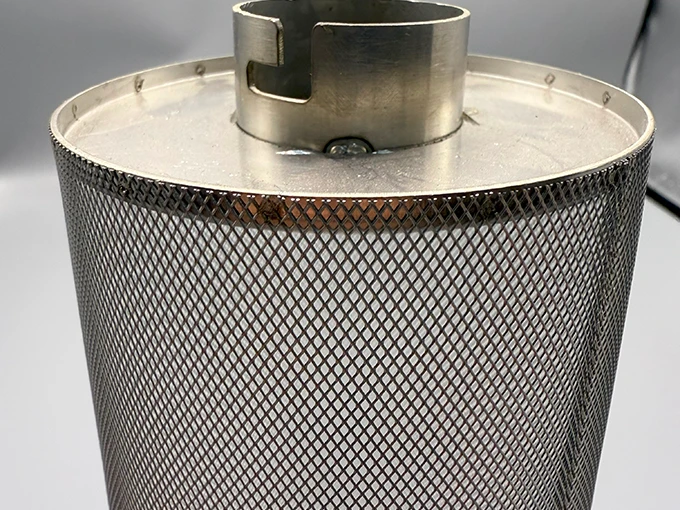
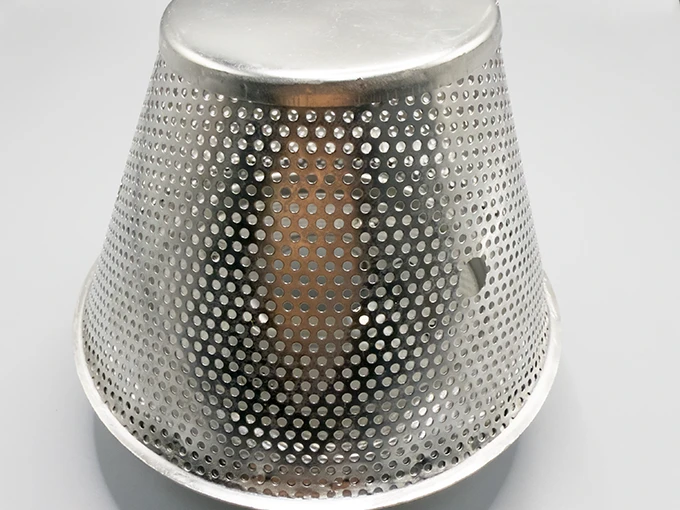












![$item[title] $item[alt]](https://www.ccmetalmesh.com/images/cc-7691.webp)

